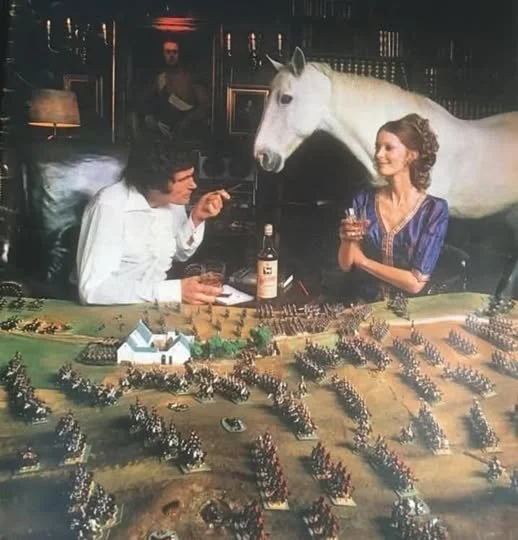100th Anniversary of the Start of the Battle of the Somme
/Today marks the 100th year anniversary of the start of the battle of the Somme.
The Somme offensive began on July 1st 1916, a day that became the bloodiest day in the history of the British army, and continued until November 18 of that year.
It was one of the bloodiest battles in history and over one million men were killed or wounded. This included nearly half a million British soldiers.
- The battle was originally supposed to have been a diversionary attack to take pressure off the French, battered at VerdunThe preliminary bombardment lasted eight days, and saw over 3,000 pieces of British and French artillery fire 1.7 million shells onto the German lines
- Told that the Germans would be totally supressed by the preliminary bombardment, the average British infantryman carried around 66lbs (30kg) of equipment as he went over the top during the first phase of the battle
- Almost 20,000 British soldiers were killed during the first day of the Somme, with total casualties (killed and wounded) approaching 60,000.
- The British and French suffered around 625,000 casualties over the course of the battle. The Germans suffered around half a million.
- Fifty-one Victoria Crosses were awarded during the battle, seventeen of them posthumously
- Tanks were used for the first time at the Battle of the Somme
- By the end of the battle, the British and French had managed to advance only about five miles (8km) into the German lines
- Ironically, the name Somme comes from a Celtic word meaning tranquility
At this time of political upheaval in Europe, it's worth remembering tragedies like the above in order to make sure that history never repeats itself.
Humanity made that mistake once, 1939-45, let's make sure it doesn't happen again.























